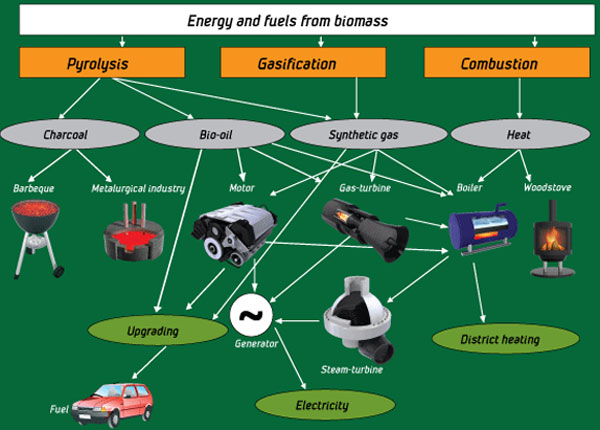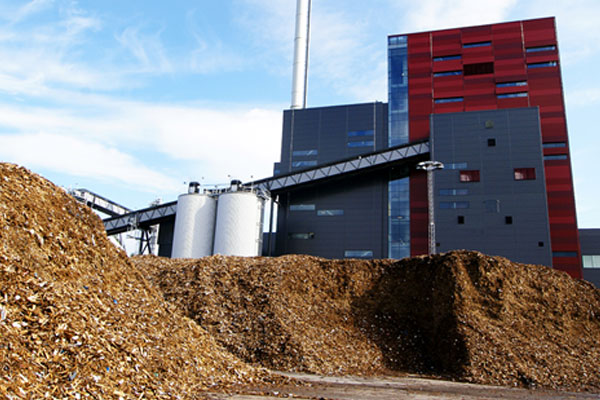What is Bioenergy?
Bioenergy is the largest renewable energy source globally and accounts for 13-14% of the total energy consumption. Biomass feedstocks include dedicated energy crops, agricultural crop residues, forestry residues, algae, wood processing residues, municipal waste, and wet waste (crop wastes, forest residues, purpose-grown grasses, woody energy crops, algae, industrial wastes, sorted municipal solid waste [MSW], urban wood waste, and food waste). Bioenergy refers to electricity that is generated from the above-mentioned organic matter known as Biomass.



